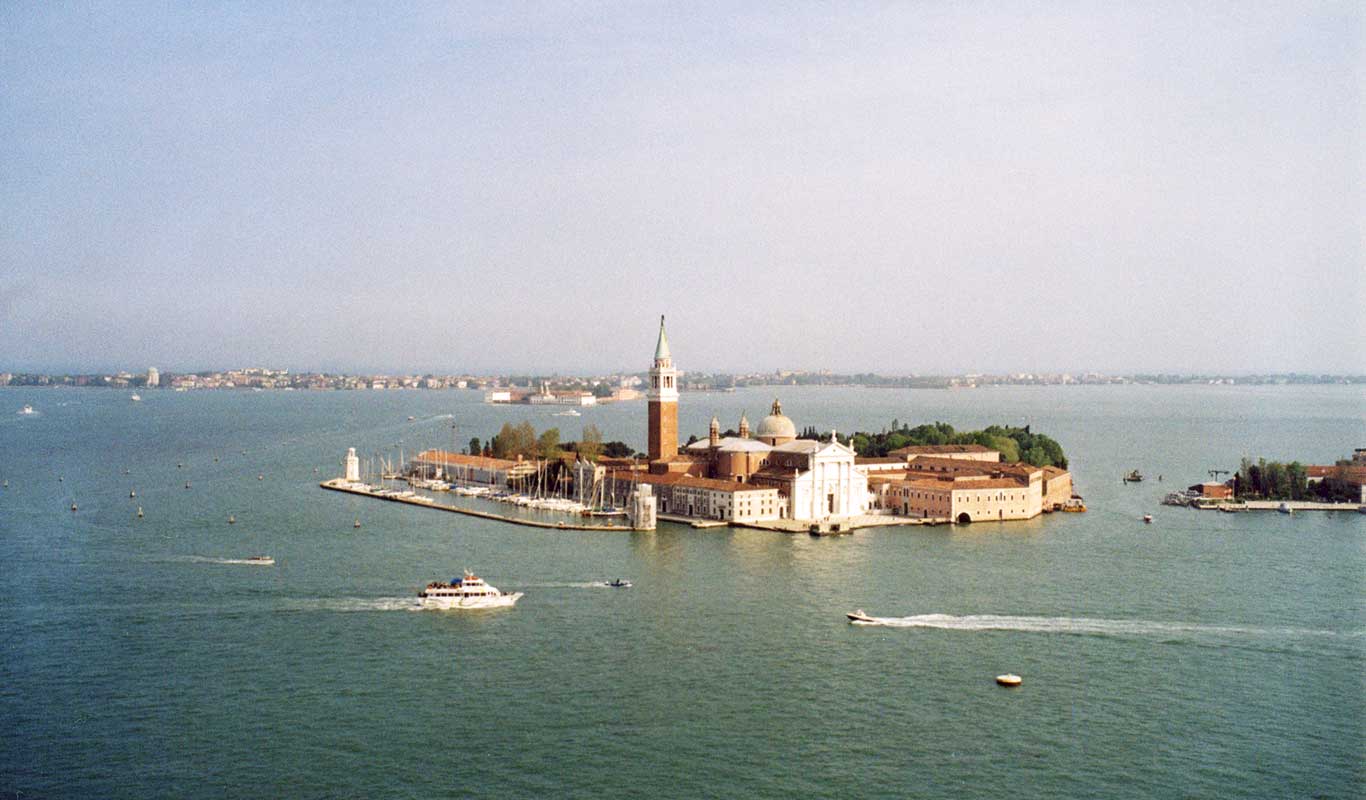Massimiano Bucchi

He has published eight books, including Science and the media (London and New York, Routledge, 1998), Science in society. An Introduction to Social Studies of Science (London and New York, Routledge, 2004), Handbook of Public Communication of Science and Technology (with B. Trench, London and New York, Routledge, 2008), Beyond Technocracy. Citizens, Politics, Technoscience (New York, Springer, 2009) and several essays in international journals such as History and Philosophy of the Life Sciences, Nature, New Genetics and Society, Science and Public Understanding of Science.
He chairs the scientific committee of non profit research centre Observa Science in Society and has served as advisor and evaluator for several research and policy bodies, including the US National Science Foundation, the Royal Society, the European Commission and the European Food Safety Auhority.
He has carried out research and given seminars at several international institutions, such as the Royal Society, London School of Economics, University of California Berkeley, Royal Academy of Sciences Sweden, Science University Tokyo, Rikken Institute, American Association for the Advancement of Science and received several recognitions for his work, including the Mullins Prize awarded by the Society for Social Studies of Science (1997) and the Merck-Serono jury award for science books (2007).
He chairs the international committee organizing the 2012 World Conference on Public Communication of Science in Technology in Florence.
THE VISIBLE VIRUS: MEDIA REPRESENTATIONS OF VIRUS AND PANDEMICS
How do media deal with virus and pandemics? Using empirical data from the Science in the Media Monitor, the paper will focus on media dynamics in relation to virus alerts and related issues: e.g. media tendency to emphasize/dramatise these situations, the tendency to present expert advice in polarised, controversial form; finite ‘cycles’ of media attention that often tend to disregard subsequent, evolution/solution phases.
The question of ‘naming’ and labelling virus alerts in the media will also be addressed, particularly in relation to the recent case of H1N1 influenza virus.
Finally, the role of media dramatised public ‘demonstrations’ – e.g. the cases of Ministers or TV News Speakers eating chicken in front of TV cameras to reassure the audience during the ‘bird flu’ alert – will also be analysed.





